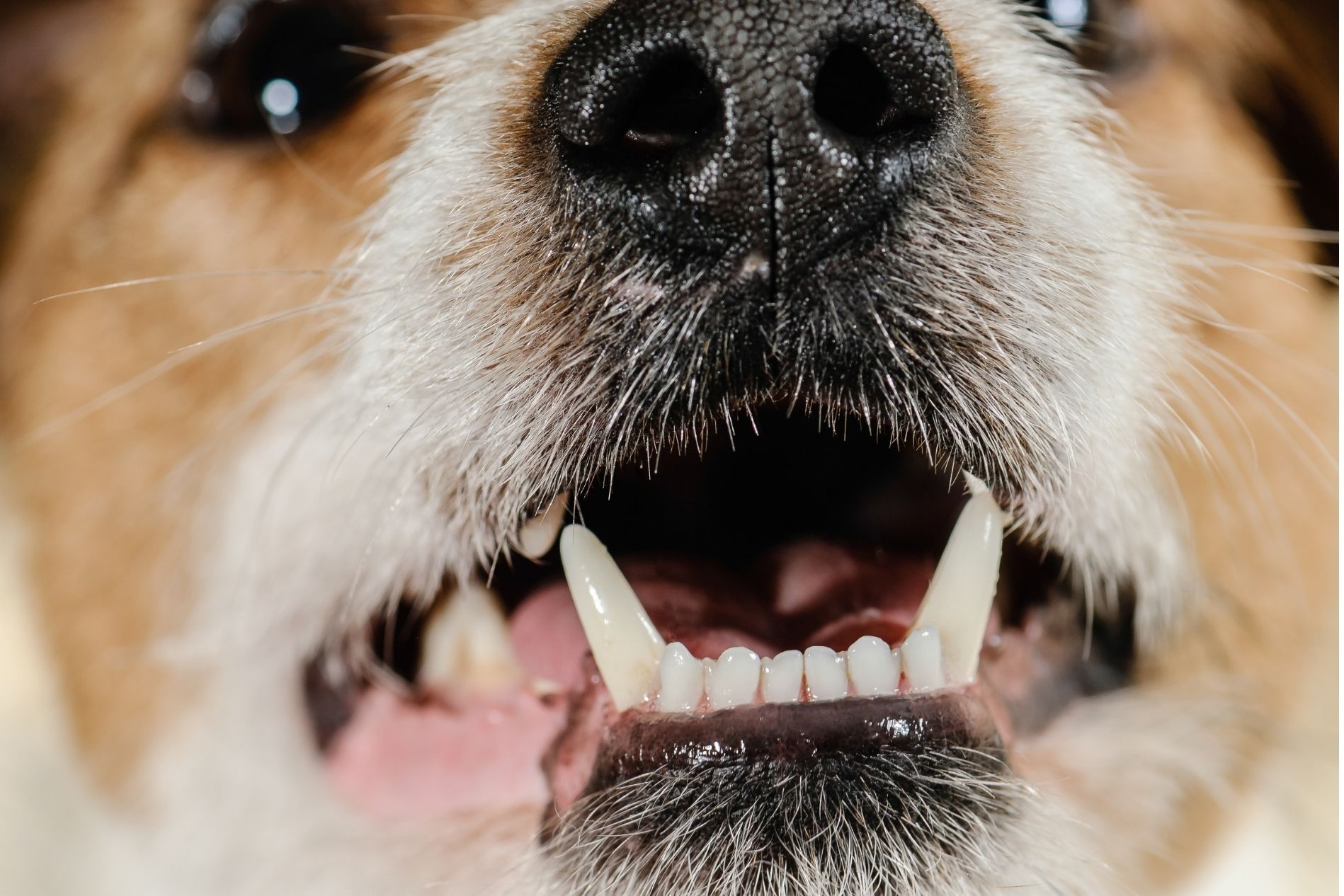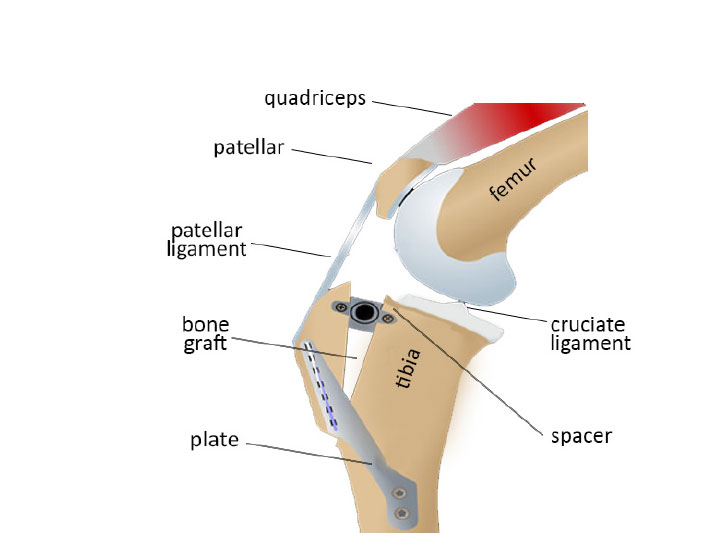
What is a TTA and how can it benefit my dog?
What is the purpose of a TTA?
The cranial cruciate ligament is one of the two ligaments in a dog's knee, it's a band of connective tissue that helps connect the femur and tibia (the bones located above and under the knee) allowing the knee to function. This is also the ligament that is most prone to getting injured. A dog's cruciate ligament can rupture suddenly or slowly tear, getting worse until a complete rupture occurs. Injury to a dog's CCL is one of the most common causes of difficulties walking. Because of this, a TTA surgery and others that change the shape or structure of the dog's tibia are common veterinary orthopedic procedures.
If a dog ruptures their CCL/ACL, their knee joint loses stability. When the dog puts weight on the injured limb, the tibia (shin) can slide forward incorrectly over the femur. One reason for this could be the tibial plateau (the top of the tibia) not being perpendicular to the tendon that attaches the kneecap to the top of the tibia. This leads to your pup's difficulty or inability to walk. The aim of TTA surgery is to reposition the tibial plateau so that it is perpendicular to the kneecap's tendon and to prevent the shinbone from moving forwards. This helps the knee to feel more stable when your dog puts their weight on the compromised limb.
How does surgery work?
Before the surgery begins, your dog will be put under anesthesia to ensure their comfort, in addition to being provided with painkillers and antibiotics to address pain and fight infection. The limb to undergo surgery is then shaved from about hip to ankle before making a small incision in the knee to observe the joint's structures. The front of the tibia is then surgically cut before an orthopedic spacer is installed so that the front section can be moved forward and upward. Much of the sliding movement that causes walking issues will be addressed by this step. Finally, a bone plate is attached to keep the front section of the tibia in its new, corrected position. The vet or vet surgeon will then finish up the surgery, including removing the damaged parts of your dog's cartilage and any leftover ruptured ligaments.
Benefits and risks of TTA surgery for dogs
TTA surgical procedures are considered less invasive than other procedures and provide a number of other benefits for dogs suffering from lameness or pain due to a torn CCL/ACL. As with any surgery, there are benefits and risks to consider.
Benefits of TTA surgery
- Increased range of motion in the knee
- Faster healing time than with some other surgeries used to treat CCL tears
- Dogs can return to their normal activities quicker
Risks of TTA Surgery
- Infections
- Fractures
- Loosening implants
Dogs who have undergone
TTA surgery have an excellent chance of recovering and returning to
their activities with their favorite humans sooner. Talk to your vet for
more information about this procedure, and whether your dog could be a
candidate.




